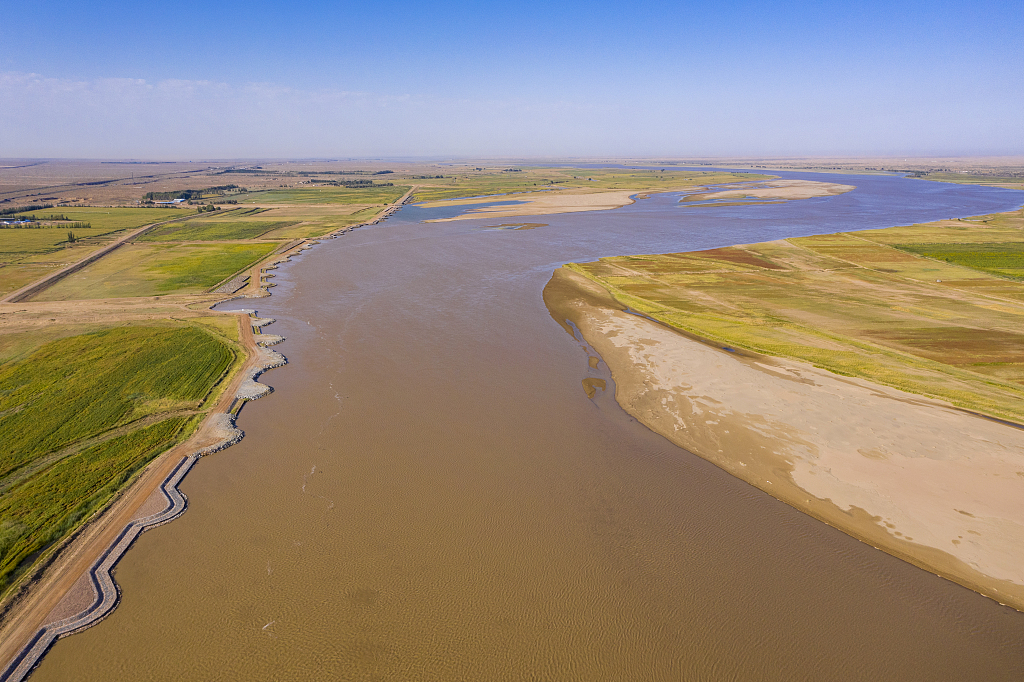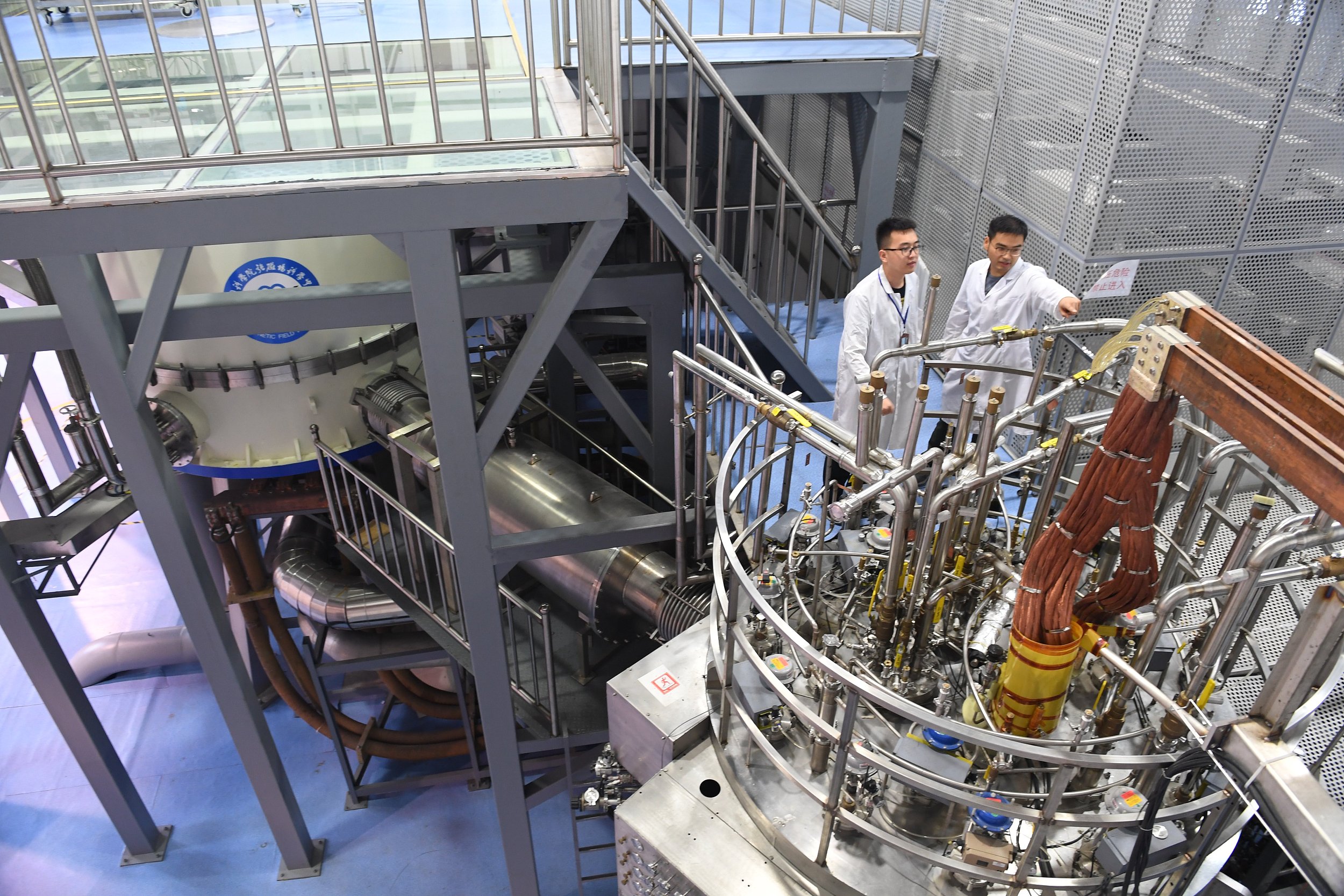Hetao Irrigation District: Long History of Nourishing People

Early Autumn Scenery of Hetao Plain, West Yellow River, Inner Mongolia.(PHOTO: VCG)
By ZHAO Boyuan
Situated in Bayannur city of Inner Mongolia Autonomous Region, the Hetao Irrigation District covers one of the most significant ancient irrigation areas in the Yellow River basin. It is 250 kms long and 50 kms wide, covering an irrigation area of 733,333 hectares of farmlands. Enjoying a temperate continental arid and semi-arid climate, the average annual precipitation and average annual evaporation in the area are 150 mm and 2200 mm respectively.
Irrigation methods in the Hetao region can be traced back to the Qin dynasty and had been documented since the Han dynasty. In 215 BC, Meng Tian, a famous Qin dynasty general, conquered areas south to the Yellow River, including Hetao Plain, and led people to inhabit and farm there, thus starting the history of the region's agricultural development.
The Hetao Irrigation District was first constructed with dam-less diversion headwork and technologies for salinization prevention. Since the 1980s the water of the Yellow River has started its journey across the Hetao Irrigation District at Sanshenggong source, and flows through the main canal, 13 branch canals and supplies water to farmlands and lakes. The water then enters the drainage receiver in the Wuliangsu Sea through the Honggebu pumping station and returns to the Yellow River, completing the process of the irrigation system.
Today, the Hetao Irrigation District is an important commodity, grain and oil base in China, with an average annual grain output of about three million tons and edible oil of 600,000 tons. In 2019, the Hetao Irrigation District was recognized as a World Heritage Irrigation Structure by the International Commission on Irrigation & Drainage.


